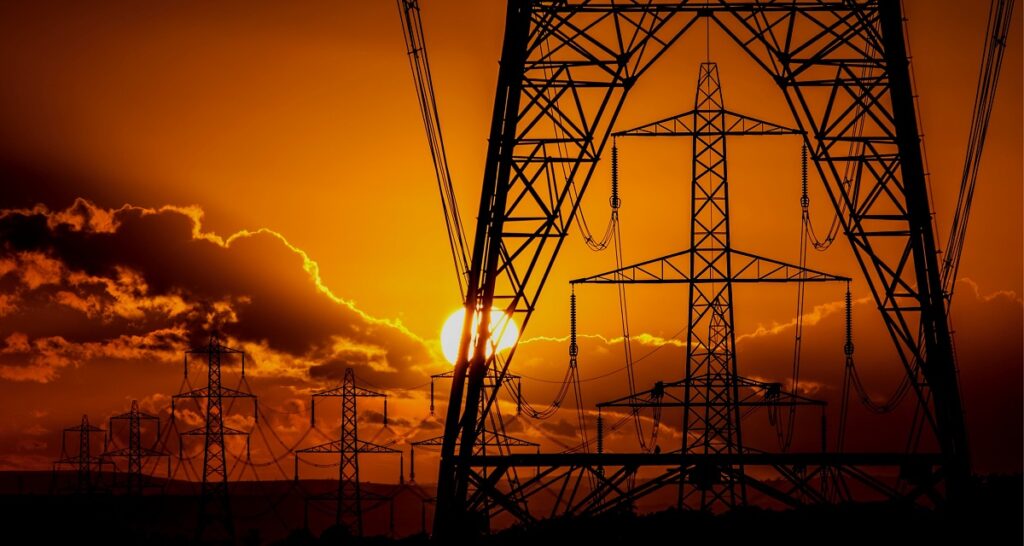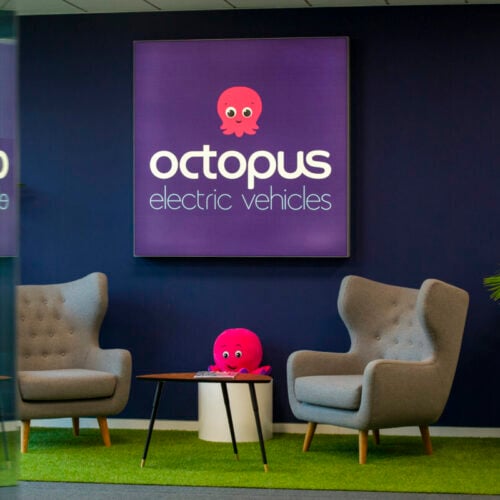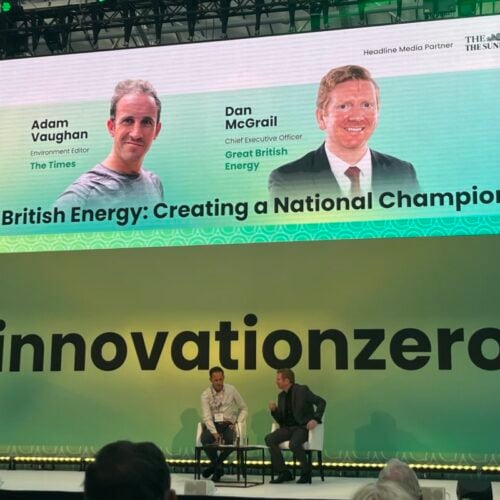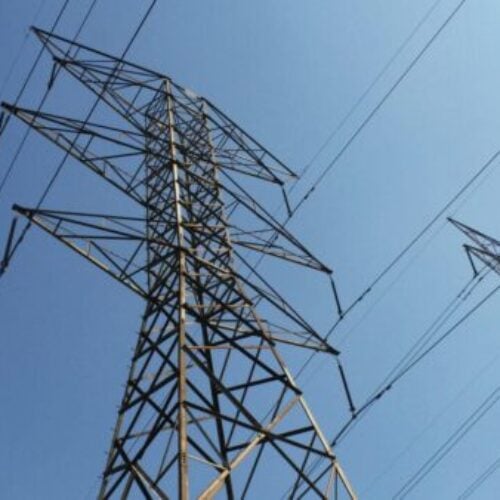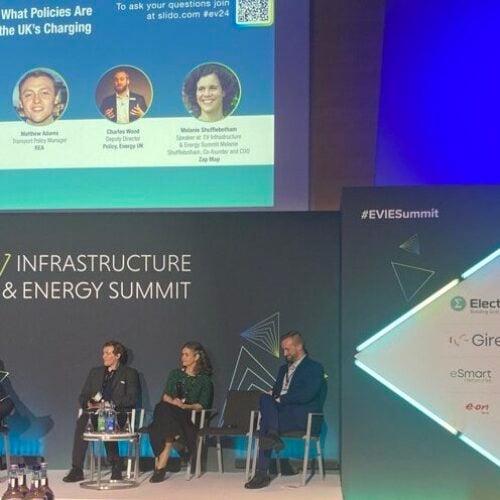Hydrogen could play a vitally important role in the decarbonisation of the UK power system by providing flexibility services as a cheaper alternative to gas-fired flexible generation, Aurora Energy Research said.
Green hydrogen has multiple applications which could contribute to the decarbonisation of the UK. With a governmental target of having a net zero national power system in place by 2035, hydrogen could be set to play a key role.
Aurora has stated that should existing policies be upheld and implemented, then the UK would still remain reliant on unabated gas-fired generation in 2035 with some of these plants to operate flexibly. This would mean the plants comes online when nuclear, wind and solar assets are not generating enough renewable energy to meet demand.
These peaking gas plants would generate around 1% of the UK’s total power output in 2035 but could massively contribute to the carbon footprint of the nation, accounting for around 11% of total annual power sector emissions.
The analysis performed by Aurora uncovered one major aspect in the scaling of the renewable generation sector. Under the firm’s base case, and with the scaling of the renewable and nuclear industry, 8TWh of energy will be curtailed in 2035.
This curtailed energy could therefore be used to generate hydrogen. The hydrogen produced via renewable generation would create green hydrogen – the cleanest variant, whereas nuclear would produce what is known as pink hydrogen.
Electrolysers would need 13TWh of input electricity to produce the amount of hydrogen needed to fire peakers instead of gas under Aurora’s base case, 5TWh short of forecast curtailment.
By installing an additional 7.5% renewable and nuclear capacity by 2035, relative to Aurora’s base case, this would enable curtailed generation to meet peakers’ hydrogen demand.
“With more and more solar and wind generation in the power mix, the grid will need sources of dispatchable power to meet demand,” said Anise Ganbold, head of research of hydrogen at Aurora Energy Research.
“We compared the cost of using hydrogen-fired peaking power plants with new abated gas plants and found the former to be more economic, both on an LCOE basis and total capex spend.”
As well as helping decarbonise flexible generation, the coupling of electrolysis and renewable energy could help build a viable hydrogen market within the UK aligned with the policies and targets set in stone by the UK Government.
The UK Government is targeting up to 10GW of low carbon hydrogen production capacity by 2030, as set out in the British Energy Security Strategy. By scaling this even further into 2035, demand will rise for the clean energy carrier and in turn, the hydrogen economy will develop as a result, presenting further opportunities for decarbonisation.
Interest and activity in the hydrogen space has been growing over the past year and had been bolstered by the government’s Hydrogen Strategy in August 2021. This set out plans to achieve 5GW of low carbon hydrogen production capacity by 2030, a target which has since doubled to 10GW.
According to Aurora, the process of replacing the gas-fired peaking plants with hydrogen-fired peakers by 2035 would cost around £21 billion. If this process had started this year, this would cost around £1.6 billion each year.
This figure includes the costs of the required renewable and nuclear additions and the installation of 10TWh of interseasonal hydrogen storage, which would be needed to address the discrepancy between forecast periods of high renewable curtailment and peak power demand.
The total cost is up to 82% lower than the cost of relying on batteries alone to offset solar and wind variability, Aurora’s analysis found. Alongside this, replacing gas-fired peakers with two-hour batteries by 2035 would cost £112 billion and replacing peakers with four-hour batteries would cost £82 billion.
The operational costs of the hydrogen peaker plants are expected to be much cheaper to run in comparison to abated gas pants at the low load factors required for flexible generation. The levelised cost of electricity (LCOE) generated by a hydrogen-fired power plant commissioned in 2030, operating at 10% of its total generation capacity, would be up to £47/MWh – 20% lower than the LCOE for an abated gas plant commissioned in 2030, operating at the same load factor.
The spread between LCOEs for hydrogen and abated gas plants widens as load factors fall, Aurora stated, and could climb to £400/MWh, or 53% at 2.5% load factors.
In October, Statkraft unveiled its first UK-based green hydrogen project in Pembrokeshire. The green hydrogen hub, dubbed the Trecwn Green Energy Hub, will utilise the clean energy carrier as a fuel for zero-emission buses, heavy goods vehicles (HGVs), trains and industry in Wales. This will reduce the overall carbon footprint of the transportation sector.
Set to be developed on a disused rail transfer shed, the project will generate around three tonnes of green hydrogen per day. To supply the renewable energy required for green hydrogen production, the electrolyser will be coupled with three turbines and ground-mounted solar arrays, the capacities of which were not disclosed.
